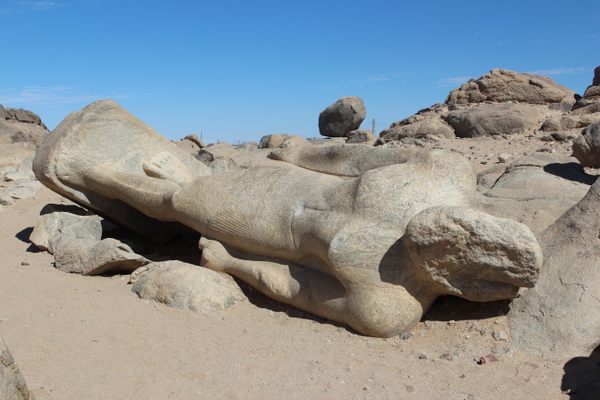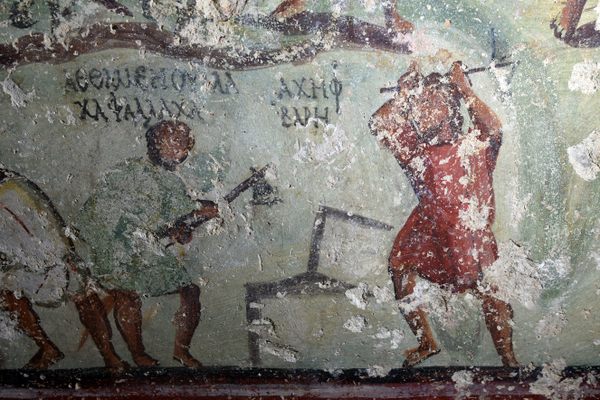Stone Age Tombs Were Family Affairs
New research examines the connections between people buried at mysterious megaliths.

About 6,500 years ago, as they were busy bringing agriculture to northwestern Europe, Stone Age migrants spent their downtime exactly as you might expect: by building massive, mysterious monuments that have perplexed researchers ever since. While many of these megalithic structures have long been associated with mortuary rituals, more specific details have remained unclear. Which communities used these sites as burial places? Were they reserved for specific people? Was this really the most efficient use of all that excess stone?
We may never crack that last question, but a new study out today in the Proceedings of the National Academy of Sciences makes some headway on the others. Analysis of the human remains of 24 individuals—spread across five megaliths in present-day Ireland, Scotland, and Sweden—has found that these structures served as family-specific tombs with particular cultural resonance within certain communities. The burials were neither arbitrary nor universal, in other words, but a Stone Age-expression of identity and heritage.
Researchers from a pair of Swedish universities extracted DNA from bones and teeth found at these sites, and carbon-dated the lot to between 3,800 and 2,600 BC. The researchers then compared the genomic data to that of other groups from around Europe, finding that the individuals were related to other Stone Age farmers from northern and western Europe, including some from Iberia, while they were more genetically removed from groups in central Europe. Among the 24 individuals studied, the researchers identified six kinship relationships, illustrated by genes passed down through matching Y, or male, chromosome haplotypes. (Women were also identified in some relationships, but the sample tilted male.)

Another striking pattern, identified in the remains found at Ansarve on the Swedish island of Gotland, illustrates how entire communities—and not only families—chose to stick together even in death. The farmers buried at Ansarve were living primarily among hunter-gatherers whose remains have also been dug up and examined—but the two groups do not share genetic roots, as the farmers had their own origins as migrants. The farmers, in other words, maintained for 700 years a burial practice distinct from those of their neighbors, as the two groups had met with distinct traditions already in place.
In a press release, the researchers acknowledged their relatively small sample and called for further studies to examine how extensive these patterns really are. What’s clear, however, is that archaeogenetics can tell us more than where someone came from: They can give us some sense of the heritage that informed someone’s behavior, beliefs, and relationships with big chunks of stone.












Follow us on Twitter to get the latest on the world's hidden wonders.
Like us on Facebook to get the latest on the world's hidden wonders.
Follow us on Twitter Like us on Facebook